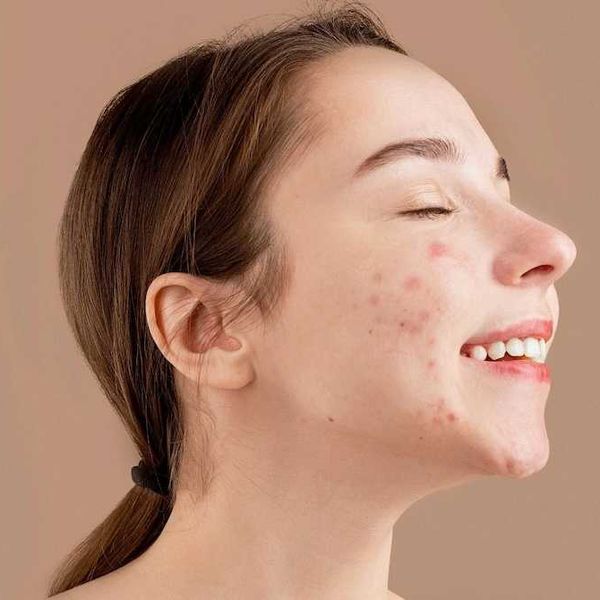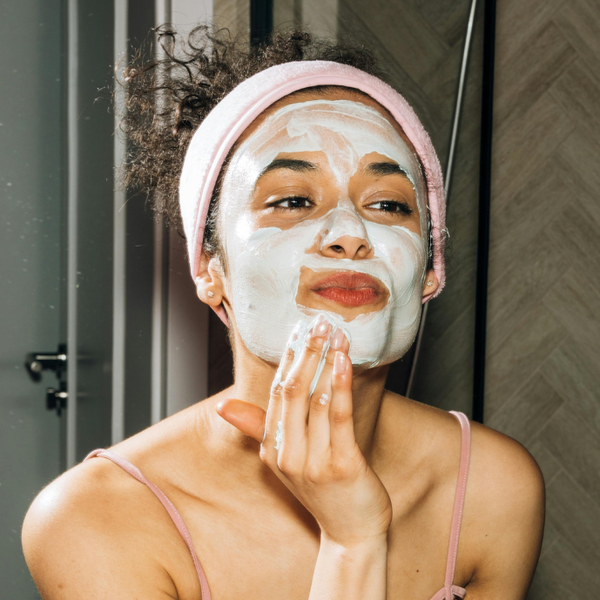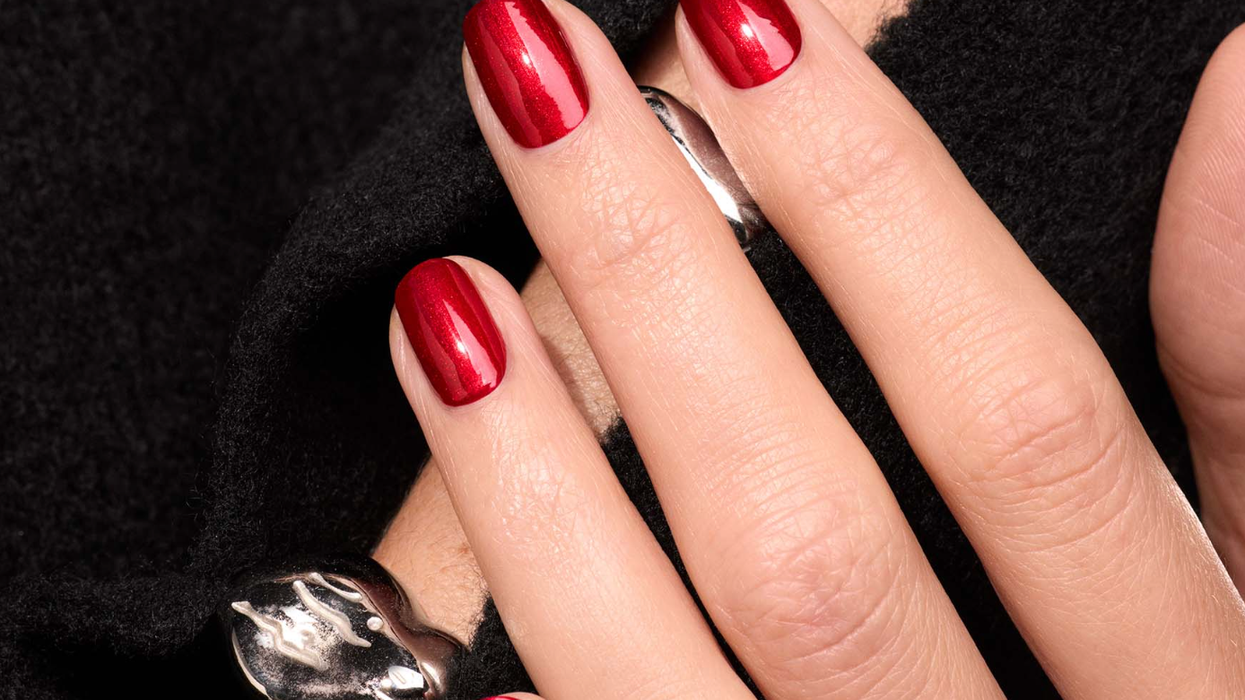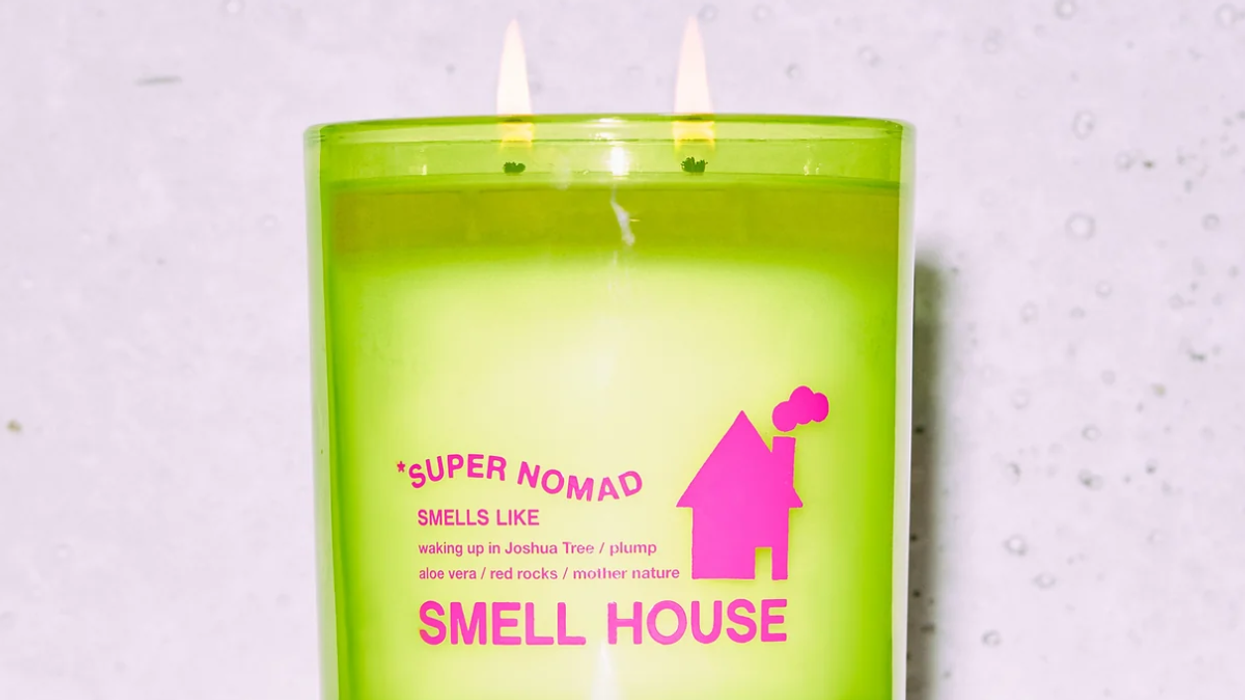Wear your favorite tank without fear.
Why Is My Natural Deodorant Causing My Underarms to Break Out?

As much as we love swapping tips and tricks to solve our biggest fashion and beauty dilemmas, there are some questions we may not feel comfortable asking our friends about, let alone Google without going incognito. Don’t worry. We’ve got you covered. In this series, we’re tackling those embarrassing queries by turning to experts in the field to get you the answers you need — minus any awkward feelings.
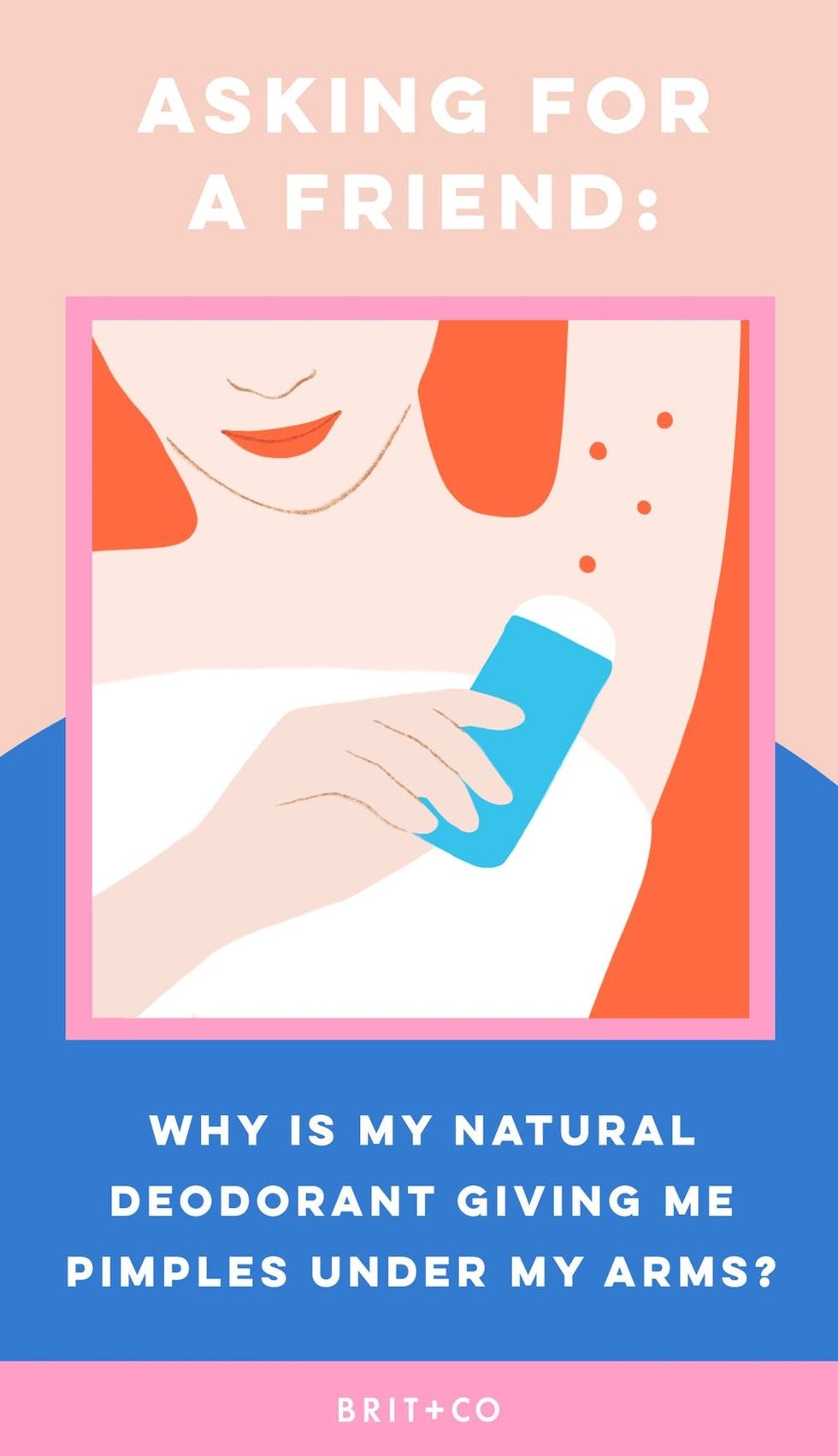
If you’ve made the switch to a natural deodorant, a rash or two might have popped up since. Patches of painful pimples and cysts often make the transition from traditional to cleaner versions uncomfortable and discouraging, especially if there is a sleeveless date-night dress in your near future. While not everyone who tries natural deodorants is prone to pesky underarm rashes, it can feel pretty upsetting for those that are. Below, find out why these frustrating breakouts are popping up under your arms and what you can do to prevent them. (Photo via Dan Dalton/Getty)
Pimples vs. Cysts: What’s the diff?
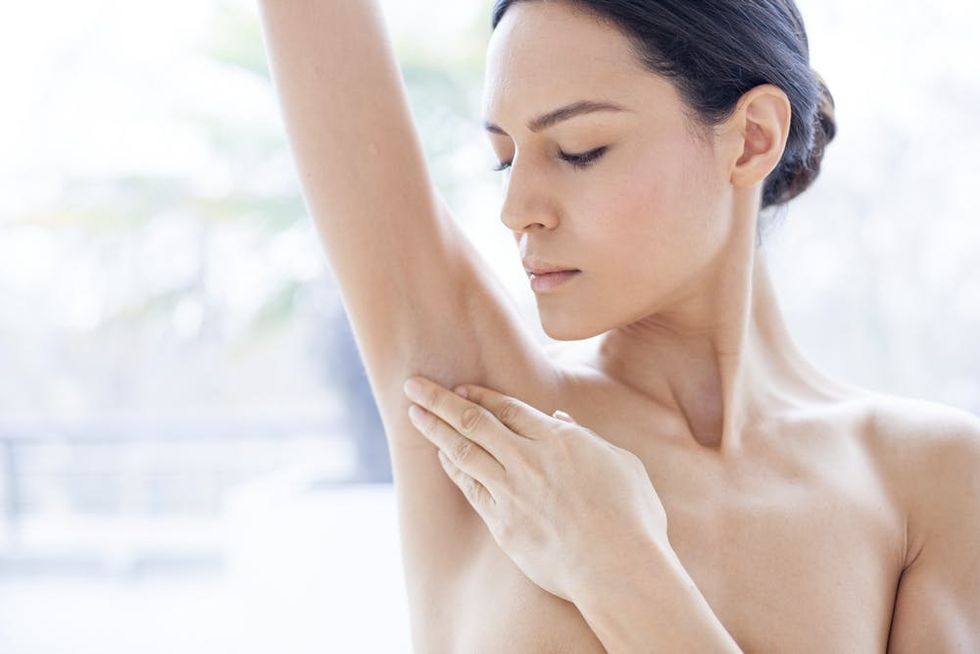
Pimples are pretty easy to spot due to their raised and inflamed pus-filled heads. Cysts, on the other hand, tend to be less conspicuous. According to NYC-based board-certified dermatologist Melissa Kanchanapoomi Levin of Entière Dermatology, both pimples and cysts start off as clogged pores. Where pimples are more superficial and reside on the surface of the skin, cystic zits occur when the pore-clogging dead skin, dirt, and debris causes an infection, sinking deep within a pore, transforming it into a large, inflamed bump. (Photo via Ian Hooton/Getty)
How do ingredients come into play?
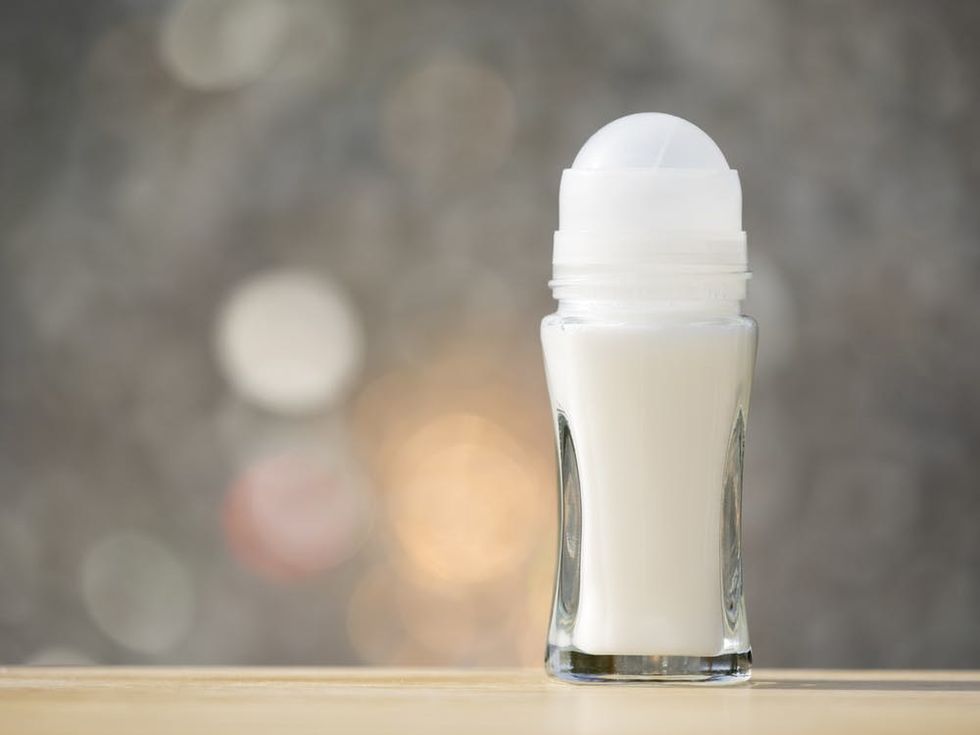
One of the first things you should do when buying a natural deodorant is to check the label. Usually, a natural deodorant consists of an odor-masking fragrances, skin-purifying baking soda, and a nourishing oil. Despite being free from harsh toxins and chemicals, two key ingredients are responsible for underarm breakouts: coconut oil and baking soda. “While it is extremely popular due to the rich amount of antioxidants and essential fatty acids, topical coconut oil has the ability to block the opening of hair follicles which the underarms have a higher concentration of,” Levin says. As these pores become clogged, the build-up of bacteria leads to the formation of cysts and pimples. Baking soda also runs amuck in armpits. “Dry and irritated skin types can be just as prone to breakouts as oily skin,” explains Levin. “Baking soda can irritate the underarms and therefore inflame the hair follicle or it can cause allergic contact dermatitis, both of which can lead to cysts and pimples.” (Photo via Jose A. Bernat Bacete/Getty)
knowing when to apply
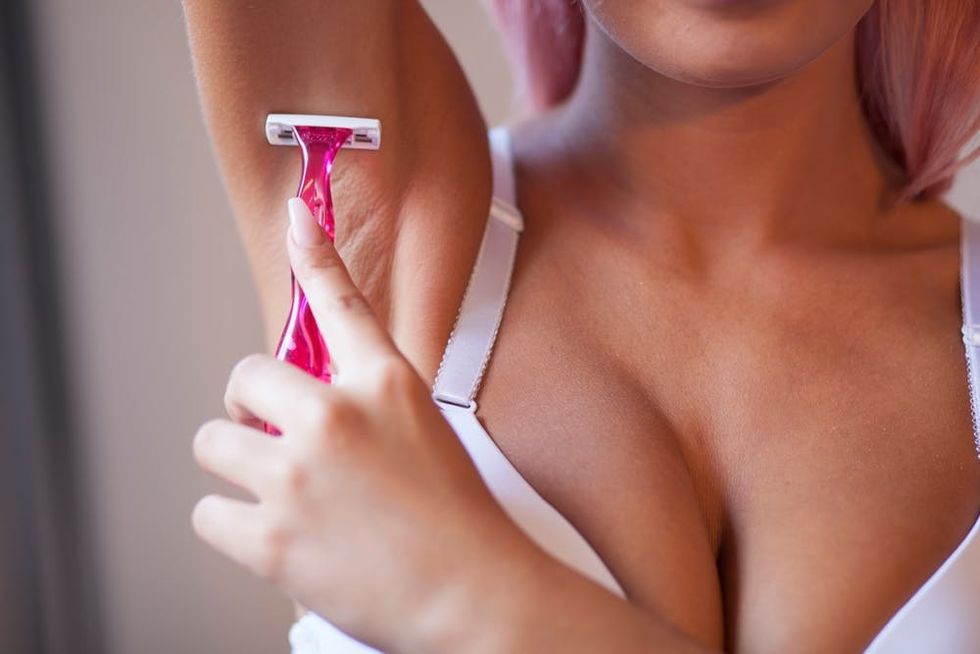
The next time you reach for your natural deodorant, think about when was the last time you shaved. “If you shave and then apply deodorant immediately after, you may cause folliculitis or a skin infection,” explains NYC-based board-certified dermatologist Jennifer Chwalek of Union Square Laser Dermatology. “Shaving often causes small breaks in the skin that can allow bacteria in which may happen with the application of the deodorant.” By allowing the all-natural ingredients to penetrate deeper into your pores, it’s even easier to cause irritation that leads to pimples and cysts. “Oftentimes, [these natural products] contain numerous ingredients, like those mentioned above, as well as potent essential oils, some of which can provoke allergic reactions,” she says. “Signs of possible allergic reactions include redness, burning, itching, and acne-like breakouts.” (Photo via Adam Radosavljevic/Getty)
HOW TO PREVENT FUTURE BREAKOUTS

Preventing these rashes from forming all comes down to finding the right solution for your sweat-protection needs. Brands like ohii, Origins, and Aesop offer deodorants that are not only all-natural, but without aluminum, coconut oil, and baking soda. If you’re looking for a more long-term treatment, FDA-cleared miraDry offers an alternative for those looking to live a toxin-free lifestyle. “The procedure uses controlled energy to eliminate excessive sweat glands which are not necessary to the body’s ability to cool itself,” explains Chwalek. (Photo via Squaredpixels/Getty)
Have any more awkward beauty questions? Let us know @BritandCo!
Brit + Co may at times use affiliate links to promote products sold by others, but always offers genuine editorial recommendations.
Illustrations by San Trieu


